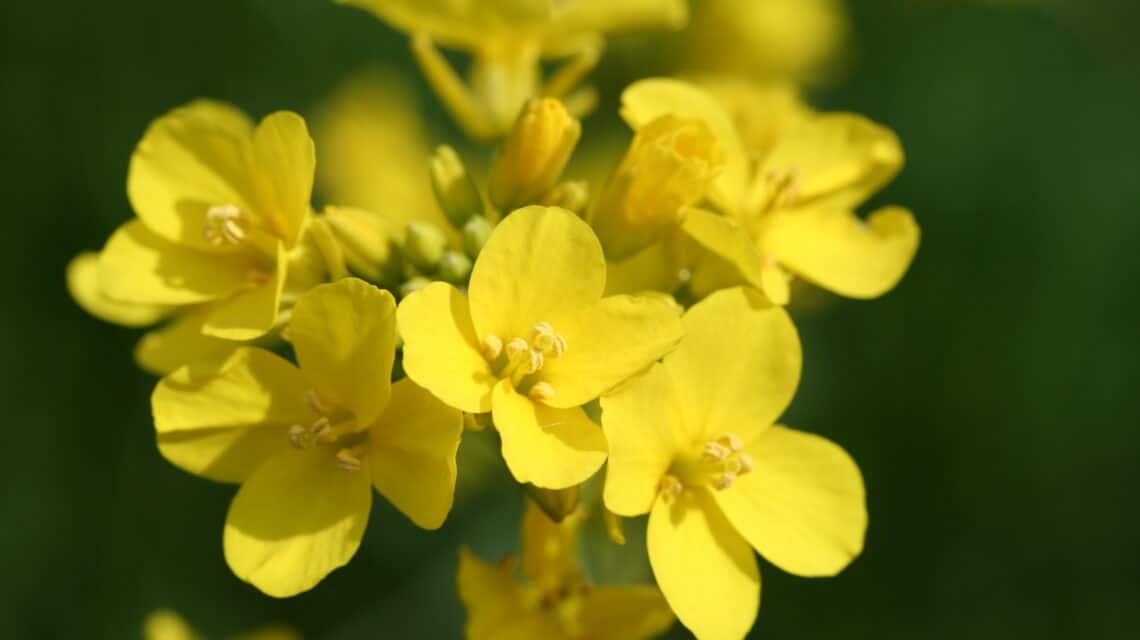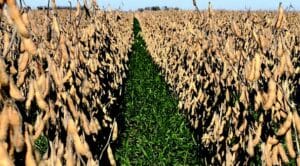NRCS, Plant Materials Program
May 2020
Source link here.


Marisol Berti – North Dakota State University
February 2021

Eric Lee-Mader, Anne Stine, Jarrod Fowler, Jennifer Hopwood and Mace Vaughanby – Xerces Society for Invertebrate Conservation with contributions from the USDA Natural Resources Conservation Service
August 2017

Collaboration of MCCC Board of Directors
May 2020
Cover Crop Termination Guidelines for Unfavorable Spring Weather Conditions

Marisol Berti – North Dakota State University
February 2020

Collaboration of MCCC Board of Directors
June 2019
PDF of this Bulletin – Cover Crop Considerations for Prevented Planting

Abbey Wick – North Dakota State University
May 2019
Managing cereal rye in the spring
Source link here.

Joel Ransom, David Franzen, Andrew Friskop, and Kelli Anderson – North Dakota State University
April, 2019
NDSU Extension Offers Rye Management Advice
Source link here.
Marisol Berti – North Dakota State University
February 2019
Midwest Cover Crops Council (MCCC-102)
This publication is intended to provide a starting point for farmers who are new to growing cover crops. With experience, farmers may fine-tune the use of cover crops for their systems.
Fitting cover crops into rotation can be challenging depending on which crops are grown. That challenge is further enhanced by a short growing season in this region. If you have a small grain or other short-season crop in rotation, it is easier to fit a cover crop after an early crop harvest. Farmers interested in using cover crops could consider including small grains in rotation to create that window of opportunity for cover crops when first starting this practice.
It is highly recommended that each producer identify specific goals for each field/farm and choose cover crops that can provide functions to achieve those goals. Functions and goals of cover crops for a basic recipe are described in Table 1.
The following mixes are selected for North Dakota because they should be low risk for herbicide carryover injury and have a low chance for becoming weedy. The general recipe includes a grass (such as cereal rye and oats) and a brassica (most commonly radish). Producers can add flax to either if a three-species mix is desired. Recommended seeding rates for these mixes are included in Table 2.

Table 1. Functions and goals of cover crops
| Functions | Description and Goals | Cover Crops |
| Soil Builders | Crops with fibrous root systems add organic matter to the soil and build aggregation. | Cereal rye, oat, barley, triticale |
| Nitrogen Fixers | Legume crops fix atmospheric N2 by symbiotic association with soil bacteria. | Forage pea, field pea, winter Austrian pea, faba bean, clovers |
| Nutrient Capture or Release | Plants with a taproot that reaches 4-6 ft. deep capture nutrients lost from the crop rooting zone. Flax also releases P from the soil, increasing its availability. | Radish, rapeseed, flax |
| Soil Looseners | The thick taproot of brassicas reduces soil compaction and increases water infiltration. | Radish, rapeseed |
| Soil Erosion Preventer | Cereals cover the soil in late fall, and winter-hardy cereals provide soil cover and protection in the spring. | Cereal rye, barley, oat |
| Weed Suppression | Crops release allelopathic compounds, reducing the growth of weeds. | Cereal rye |
| Water Management | Winter-hardy crops use moisture early in the spring. | Cereal rye |
Table 2. Seeding rate for crops in mixes or alone
| Crop Sequence | Crops | Planting Method | Seeding Rate* (lbs./acre) |
| Wheat-soybean | Cereal rye, radish, flax | Drill | 30, 2, 2 |
| Corn-soybean | Cereal rye or barley, and radish | Aerial broadcast | 50 or 50, 2 |
| Soybean-corn | Barley, radish | Drill | 30, 2 |
| Soybean-soybean | Cereal rye or barley | Drill | 30 or 30 |
*These seeding rates are based on high-quality seed with germination rates of 85-98% and purity >90%.
North Dakota State University Soil Health
Midwest Cover Crops Council: North Dakota
Cover Crop Selector Tool — available from the Midwest Cover Crops Council
Abbey Wick, Department of Soil Science, North Dakota State University, email: [email protected]; Marisol Berti, Department of Plant Sciences, North Dakota State University, email: [email protected]; Lee Briese, Centrol Crop Consulting, Jamestown, ND, email: [email protected]
Shalamar Armstrong, Purdue University; Tom Kaspar, USDA–Agricultural Research Service (retired); Eileen Kladivko, Purdue University; Anna Morrow, Midwest Cover Crops Council; DeAnn Presley, Kansas State University; Vaughn Sothman, Sharp Brothers Seed Co., Kansas; Anne Verhallen, Ontario Ministry of Agriculture, Food and Rural Affairs
Revised November 2018
The U.S. Department of Agriculture (USDA) prohibits discrimination in all its programs and activities on the basis of race, color, national origin, age, disability, and where applicable, sex, marital status, familial status, parental status, religion, sexual orientation, genetic information, political beliefs, reprisal, or because all or a part of an individual’s income is derived from any public assistance program. (Not all prohibited bases apply to all programs.) Persons with disabilities who require alternative means for communication of program information (Braille, large print, audiotape, etc.) should contact USDA’s TARGET Center at (202) 720-2600 (voice and TDD). To file a complaint of discrimination write to USDA, Director, Office of Civil Rights, 1400 Independence Avenue, S.W., Washington, D.C. 20250-9410 or call (800) 795-3272 (voice) or (202) 720-6382 (TDD). USDA is an equal opportunity provider and employer. ©2018 by MCCC. All rights reserved.